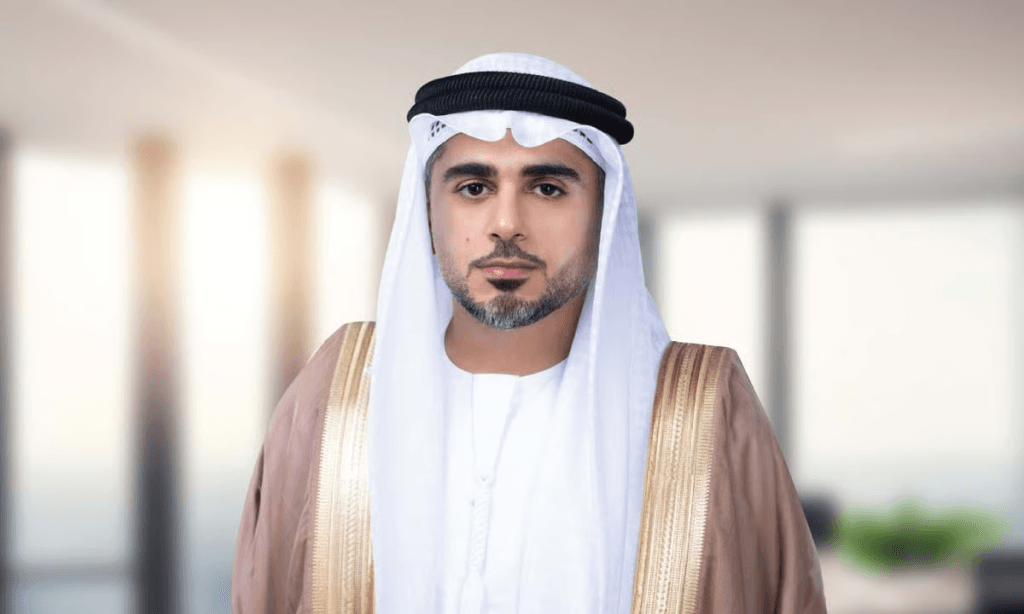Financial firms managing USD 28.6 trillion have established a presence in ADGM.
Assets Under Management within the centre grew 123% annually between 2015 and 2024.
Active licences climbed to 11,128 by mid-2025, making ADGM the region’s largest regulated financial district.
A Decade of Rapid Expansion
Abu Dhabi Global Market (ADGM), the emirate’s international financial centre, marks its tenth anniversary after a decade that transformed it from a regional start-up jurisdiction into one of the fastest-growing financial hubs worldwide. Since 2015, ADGM has drawn more than 300 financial institutions managing a combined USD 28.6 trillion, according to the Alternative Investment Management Association (AIMA).
Growth has accelerated sharply in recent years: the number of financial firms rose 135% from 131 at end-2021 to 308 by mid-2025. That pace allowed ADGM to meet the objectives of its five-year Growth Strategy (2022-2027) in just three years—an indicator of both capital inflows and investor confidence in Abu Dhabi’s regulatory and governance foundations.
Financial Scale and Investor Confidence
From 2015 to 2024, Assets Under Management within ADGM expanded at an average annual growth rate of 123%, while fund and asset manager registrations grew 62% a year. The centre’s active licences increased 71% annually, reflecting a steady migration of global managers seeking predictable oversight and tax clarity.
Chairman Ahmed Jasim Al Zaabi said ADGM’s growth reflects Abu Dhabi’s strategic leadership and long-term economic vision. “Our ambition to make ADGM one of the top five international financial centres globally is stronger than ever,” he said. “Given what we’ve achieved so far, what we can build in the next ten years will be even greater.”


By the first half of 2025, AUM was up 42% year on year, with 154 fund and asset managers overseeing 209 funds. Active licences reached 11,128, while operational entities rose 42% to 2,972—now the largest regulated financial ecosystem in the Middle East, Africa and South Asia (MEASA).
Governance and Regulation: A Framework of Trust
ADGM is the region’s only jurisdiction to apply English common law directly, a feature that has bolstered investor trust and judicial certainty. Its regulatory model — covering capital markets, digital assets, private credit and sustainable finance — has become a template for other emerging financial centres.
The centre has issued progressive frameworks for virtual assets, distributed-ledger technology foundations, fiat-referenced tokenisation, and real-property investment vehicles. It also chairs the UAE Sustainable Finance Working Group, advancing national ESG taxonomy and green finance standards aligned with global regulatory initiatives.
Complementing these rules are innovation platforms such as the RegLab and Digital Sandbox, which support fintech development under real-market conditions. Such programmes allow policy experimentation within a controlled environment — a practice that has increased market integrity through effective anti-money-laundering and counter-terrorism financing controls.
RELATED ARTICLE: New Global Hub in Abu Dhabi to Accelerate Climate Finance Innovation
Institutional Concentration and Strategic Capital Flows
The centre’s rise has been amplified by its ties to Abu Dhabi’s sovereign wealth funds, whose combined assets exceed USD 1.8 trillion. That alignment has helped attract global institutions including BlackRock, State Street Global Advisors, PGIM, Carlyle, Apollo and Nuveen. In 2025 alone, UBS, Davidson Kempner, HarbourVest, Partners Capital and others joined ADGM’s roster, anchoring their regional operations in Abu Dhabi.
These entrants reflect a broader capital reallocation toward jurisdictions offering political stability, energy transition momentum, and strong sovereign balance sheets — a combination few regions can match. For global asset managers complying with ESG and climate-related disclosure rules from Europe to Asia, ADGM offers a bridge between compliance and growth.
Infrastructure and Human Capital as Economic Pillars
Spanning 14.3 million square metres across Al Maryah and Al Reem Islands, ADGM has become a city-within-a-city. Its expansion to Al Reem Island increased jurisdictional capacity tenfold, enabling real-estate investment and urban integration with education and healthcare institutions such as Sorbonne University and Cleveland Clinic Abu Dhabi.
Employment within the financial district has grown 23% annually since 2015 to over 36,000 people, reflecting both institutional growth and Abu Dhabi’s broader economic diversification agenda. By linking talent mobility with financial innovation, the centre is aligning its human-capital strategy with the UAE’s goal of building a knowledge-driven, low-carbon economy.
Outlook: Positioning Among Global Financial Leaders
ADGM’s current strategic phase — branded The Path to Forward — seeks to consolidate its standing among the world’s top five international financial centres alongside New York, London and Singapore. Planned initiatives include international roadshows to expand Abu Dhabi’s global footprint and the continued growth of Abu Dhabi Finance Week as a premier platform for global policy and investment dialogue.
For institutional investors and corporate leaders, ADGM’s trajectory illustrates how regulatory clarity and sustainability-driven governance can generate durable financial ecosystems. Its next decade will test whether Abu Dhabi’s “Capital of Capital” vision can translate into long-term ESG and climate finance leadership within the Global South — a goal that increasingly defines the future of finance worldwide.
Follow ESG News on LinkedIn

